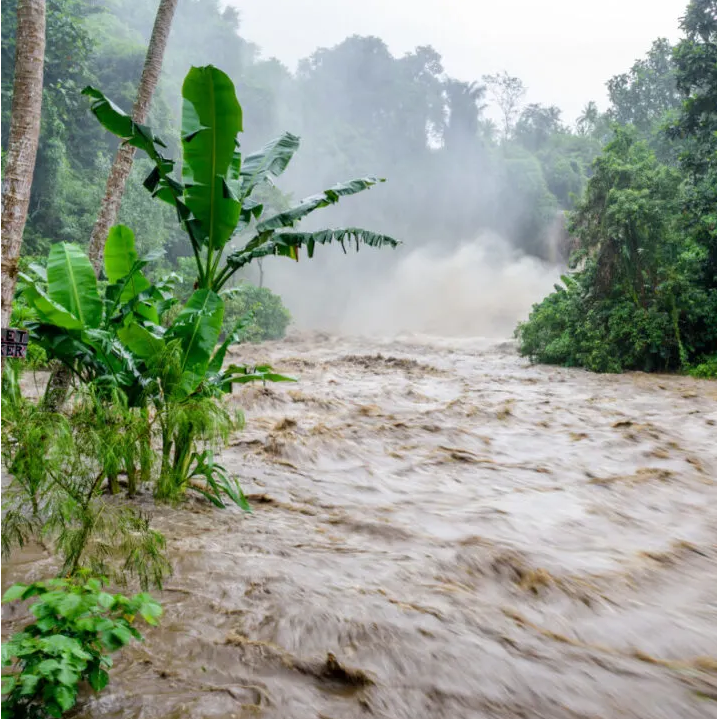
The Bali floods have killed 18 people and left two still missing after days of relentless rain. Streets in Denpasar turned into rivers, bridges collapsed, and landslides buried houses in several districts. For many residents, it was the heaviest flooding they had seen in decades.
Rains that overwhelmed Bali
Indonesia’s weather agency (BMKG) described the rainfall as “extreme.” In less than two days, some parts of the island recorded almost an entire month’s worth of rain. Drainage canals overflowed, rivers burst their banks, and floodwaters spread quickly into densely populated neighborhoods. Officials admitted that floods are not unusual in Bali, but this week’s scale was rare and far more destructive than seasonal storms.
President steps in
President Prabowo Subianto ordered his cabinet to respond immediately. He told ministers to get aid moving, repair damaged roads, and secure clean water and medical supplies for survivors. The disaster agency BNPB has sent rescue teams and heavy equipment to clear debris. Search crews are still working to find the missing, while hundreds of families take shelter in evacuation centers.
Thousands join cleanup in Denpasar
As the waters receded, the focus shifted to recovery. In Bali’s capital, more than a thousand volunteers—from students to civil servants—fanned out to clear mud and trash. The effort, led by Environment Minister Siti Nurbaya Bakar, was described as urgent for health reasons and for Bali’s image as a tourist destination. “We must restore normal life as fast as possible,” she said.
Tourism worries linger
Bali’s economy depends heavily on visitors, and the floods rattled hotels and tour operators. Some bookings were canceled, but most resorts outside the hardest-hit zones continue to operate. Officials are trying to reassure travelers that the island is safe, even as repairs to infrastructure get underway.



